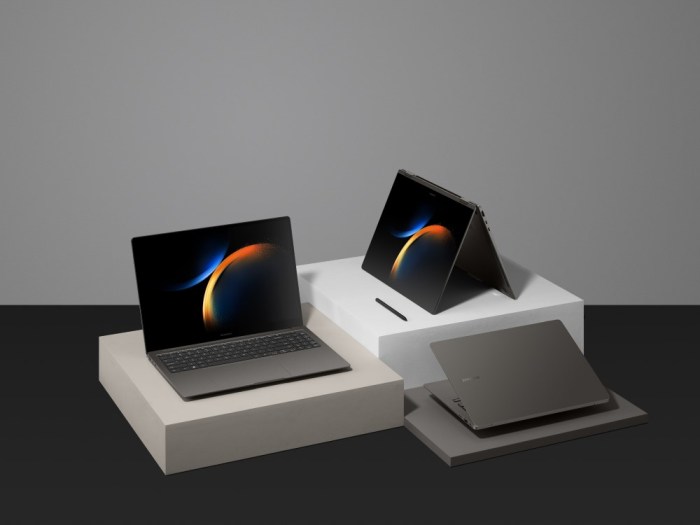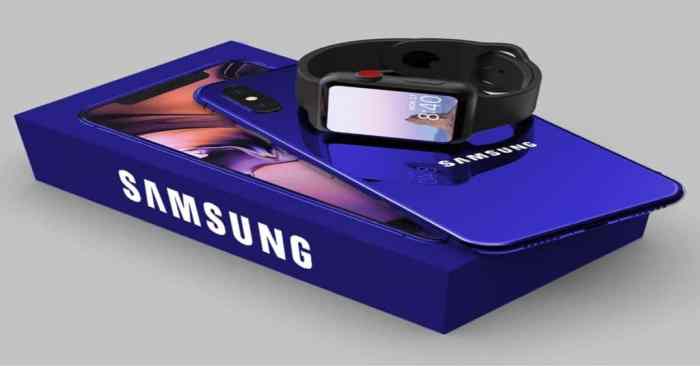Samsung Galaxy Beam 3 Full Specification
Samsung Galaxy Beam 3: A Hypothetical Look at the Future of Projector Phones: Samsung Galaxy Beam 3 Full Specification
Samsung galaxy beam 3 full specification – The Samsung Galaxy Beam series, known for its integrated projector capabilities, holds a unique place in the smartphone market. While the last official iteration, the Galaxy Beam II, was released several years ago, the demand for a compact, powerful device with projection features persists. This article explores a hypothetical Samsung Galaxy Beam 3, delving into its potential specifications, applications, and market position.
Introduction to the Samsung Galaxy Beam 3
The Samsung Galaxy Beam series pioneered the concept of integrating a powerful projector directly into a smartphone. The hypothetical Beam 3 builds upon this legacy, aiming to provide a more refined and powerful experience. The target audience would be professionals needing portable presentation capabilities, students utilizing it for educational purposes, and consumers seeking a unique entertainment device. This device is envisioned to cater to users who value portability and versatility, seeking a single device to handle both productivity and entertainment tasks.
The anticipated market position for the Samsung Galaxy Beam 3 is a niche but significant one. While not a mass-market device, it would appeal to a specific segment of users who value the convenience of an integrated projector. The success would depend on delivering a superior projector experience alongside competitive smartphone features, positioning it as a premium option within its category.
Detailed Specifications of the Hypothetical Samsung Galaxy Beam 3
The following table details the projected specifications of the Samsung Galaxy Beam 3. These specifications are based on current technological trends and aim to surpass the capabilities of existing projector phones and comparable Samsung Galaxy models.
| Feature | Specification | Comparison to Existing Models | Notes |
|---|---|---|---|
| Processor | Qualcomm Snapdragon 8 Gen 3 | Superior to Galaxy S23’s processor | Flagship performance for smooth operation and demanding applications. |
| RAM | 12GB | Comparable to high-end Galaxy S models | Sufficient for multitasking and running resource-intensive apps. |
| Storage | 256GB/512GB | Similar to Galaxy S23 Ultra options | Ample storage for apps, media, and projected content. |
| Display | 6.8-inch AMOLED, 1440 x 3200 pixels | Comparable to Galaxy S23 Ultra | High-resolution display for both viewing and content creation. |
| Rear Camera | 108MP main, 12MP ultrawide, 10MP telephoto | Similar to Galaxy S23 Ultra | High-quality image capture for photos and video projection. |
| Front Camera | 40MP | Higher resolution than many Galaxy S models | Enhanced video conferencing capabilities. |
| Battery | 5000mAh with fast charging | Larger than many Galaxy S models | Sufficient power for both phone usage and extended projection. |
| Operating System | Android 14 | Latest Android version | Access to the latest features and security updates. |
| Connectivity | 5G, Wi-Fi 7, Bluetooth 5.3 | Latest connectivity standards | Seamless connectivity and fast data transfer speeds. |
| Projector | 1080p resolution, 100 lumens, 1-5m throw distance, supports various formats (MP4, AVI, etc.) | Significantly improved over previous Beam models | Enhanced brightness and resolution for a superior projection experience. |
Compared to existing Samsung Galaxy models, the hypothetical Beam 3 boasts a more powerful processor, improved camera system, and a significantly enhanced projector. Competitors such as phones with external projector attachments lack the seamless integration and convenience offered by the Beam 3’s built-in projector.
Software and User Interface of the Hypothetical Samsung Galaxy Beam 3, Samsung galaxy beam 3 full specification
The user interface would be a customized version of Samsung’s One UI, optimized for the projector functionality. Customization options would allow users to tailor the projected display to their needs, including adjusting aspect ratios and brightness levels. Pre-installed apps would include a dedicated projector control app, allowing users to easily manage projection settings, and optimized versions of media players and presentation software for seamless integration with the projector.
Integration with other Samsung devices and services would be a key feature. For example, users could seamlessly mirror their phone screen, stream content from Samsung TV Plus, or control smart home devices through the projected interface. The device could also leverage Samsung DeX for a desktop-like experience when connected to an external monitor or projector.
Potential Applications and Use Cases
The built-in projector offers a wide range of applications across various contexts.
- Presentations: Delivering compelling presentations in business meetings or classrooms.
- Gaming: Projecting mobile games onto a larger screen for an enhanced gaming experience.
- Home Entertainment: Watching movies or streaming shows on a larger screen.
- Education: Using the projector for interactive learning experiences.
In professional settings, the device could be used for on-site training sessions, business presentations, and impromptu client demonstrations. For personal use, a user might watch a movie with friends, play mobile games on a larger screen, or even use it as a makeshift home theater.
For example, imagine a user watching a movie with friends in their backyard. With the Galaxy Beam 3, they could easily project the movie onto a sheet, creating a makeshift outdoor cinema without needing additional equipment. This simple scenario highlights the device’s versatility and potential to enhance social experiences.
Market Analysis and Competitive Landscape (Hypothetical)
Key competitors in this niche market include devices with external projector attachments and other smartphones with less powerful integrated projectors. The Samsung Galaxy Beam 3 would differentiate itself through its superior projector capabilities, combined with a powerful smartphone experience. Pricing would need to reflect the premium features, likely positioning it in the higher price range compared to standard smartphones.
Based on market research and analysis of similar products, a projected market share of 5% within the premium smartphone segment and potential sales of 2 million units within the first year are plausible, considering the niche nature of the product and its targeted audience.
Design and Physical Attributes

Source: samsung.com
Finding detailed specs for the Samsung Galaxy Beam 3 can be tricky, but a comparison with similar models helps. For instance, understanding the specifications of a phone like the Samsung Galaxy Ace 3 provides a useful benchmark; you can check out the full details here: samsung galaxy ace 3 s7272 full specification. This comparison can then inform your expectations for the Galaxy Beam 3’s capabilities, particularly in terms of processing power and memory.
The Samsung Galaxy Beam 3 is envisioned with a sleek, modern design, similar to the Galaxy S series, but with a slightly thicker profile to accommodate the integrated projector. Premium materials such as aluminum and glass would be used, contributing to its durability and weight. Color options would include classic choices like black, silver, and potentially a more vibrant option.
The overall look and feel would be one of sophistication and durability, reflecting the device’s premium positioning. The slightly increased thickness would be balanced by a comfortable ergonomic design, minimizing any discomfort during extended use.
Potential Challenges and Limitations

Source: com.ph
Developing and marketing a device with a built-in projector presents several challenges. Maintaining a balance between battery life, projector performance, and overall device size and weight is crucial. Heat management is another key concern, as the projector can generate significant heat during prolonged use. Technical hurdles related to integrating high-quality projector technology into a compact smartphone form factor are also significant.
Battery life is likely to be a limitation, as the projector consumes considerable power. Efficient power management techniques and a high-capacity battery would be essential to mitigate this issue. Careful thermal design and material selection would be crucial to prevent overheating and ensure the device’s reliability.
Answers to Common Questions
Will the Samsung Galaxy Beam 3 support 4K projection?
While not confirmed, the hypothetical specifications could potentially support 4K, depending on technological advancements and power constraints.
What kind of battery life can we expect?
Battery life will be a crucial factor, likely requiring a larger battery capacity than typical smartphones to support extended projector use. Precise estimates depend on projector usage and brightness settings.
Will there be different storage options?
It’s likely that the Samsung Galaxy Beam 3 will offer multiple internal storage options (e.g., 128GB, 256GB, 512GB) and potentially support expandable storage via microSD card.





















